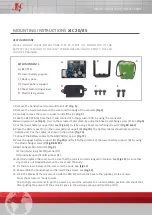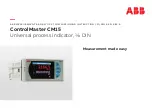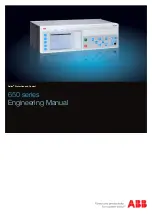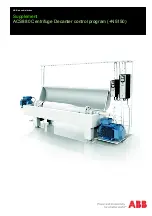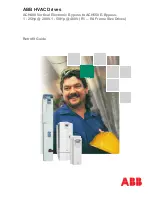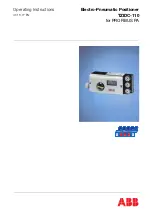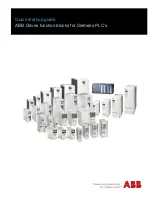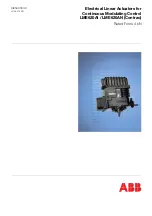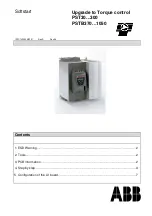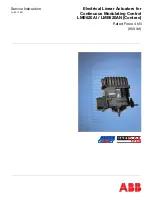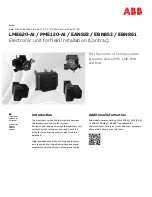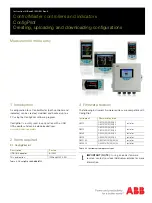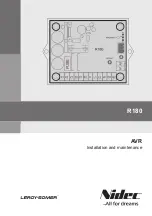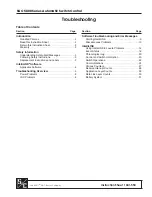
6/21/96
10
Terminal #3
LITE
turns on the monitor backlighting. It may be supplied from a switch
that controls other instrument lighting or it may be connected to Terminal #4 if you wish
the lighting to be on all the time. Set at the default value the backlighting consumes about
8mA (0.008A). If left on all the time it would use less than 0.2Ahrs per day.
Consider the options for the next wire.
Terminal #4 the
RED WIRE
(+12V) is the +12V supply to power the meter. The wiring
diagram shows two options. The preferred option is to jumper together terminals #4 and
#5 as shown. Wired this way, the meter cannot accidentally be de-powered. It has the
disadvantage of always consuming a little bit of power from the #1 Battery. The meter
consumes about 28mA (0.028A). If left on all the time it would use about 0.7 Ahrs per day.
If the system is left on for long periods, (long enough to significantly discharge the
battery) with no charging sources, then you should consider the option shown with the
dotted line. In this case the RED wire is not jumped to the BLUE but supplied from the
common of the battery switch. (Be sure to install the 2A fuse as near the battery switch as
possible.) Whichever battery is selected is the battery that supplies the power.
Caution:
With this option, if the battery switch is turned off, the meter is de-powered
and resets Amp-hours to zero, therefore the battery switch must never be turned off except
when leaving the system for a long period of time. When the system is returned to service
you must resynchronize the meter by fully charging the battery.
Another option for the red wire is to install a separate on/off switch in it before it
lands on the terminal board. Just remember to turn off the meter when leaving the system
unattended. (Ahrs will be reset to zero when the unit is repowered.)
Terminal #5 the
BLUE WIRE
(B1V) supplies Battery #1 voltage for sensing. It should be
supplied directly from Battery #1. Be sure to install the 2 Amp fuse shown in the drawing
as near the battery as possible.
Terminal #6 the
VIOLET WIRE
supplies Battery #2 voltage for sensing. It should be
supplied directly from Battery #2. Be sure to install the 2 Amp fuse shown in the drawing.
Note: If only one battery is to be monitored jumper terminal #5 & #6 together.
PROGRESS CHECK #1
The wires hooked up so far allow you to check the voltage monitoring functions.
Install the fuse that supplies Terminal #4 and
carefully plug the ribbon cable into the
Monitor Terminal Board, note index key and be sure the pins are lined up correctly.
From now on you may de-power the meter by unplugging the ribbon cable. If
you remove the fuse that supplies terminal #4, +12V, with the ribbon cable plugged
in you must be careful when reinstalling it. It must be a deliberate action. If the power
to the meter is turned on and off in less than 5 second intervals it can cause the
microprocessor to interrupt its initialization process. De-powering and re-powering
by using the ribbon cable avoids this problem.
Check each of the battery voltages. It is best to have a separate, accurate digital
voltmeter to compare the voltages shown against the actual battery voltage. They should
be within a few hundredths of a Volt. If they are not, check your voltage sense lead fuses
and fuse holders. Any problems must be resolved before proceeding. If you have
questions call your dealer or Heart Interface. Unplug the ribbon cable before proceeding,
or remove the fuses in the wires to terminals #4, 5, & 6 before continuing.















